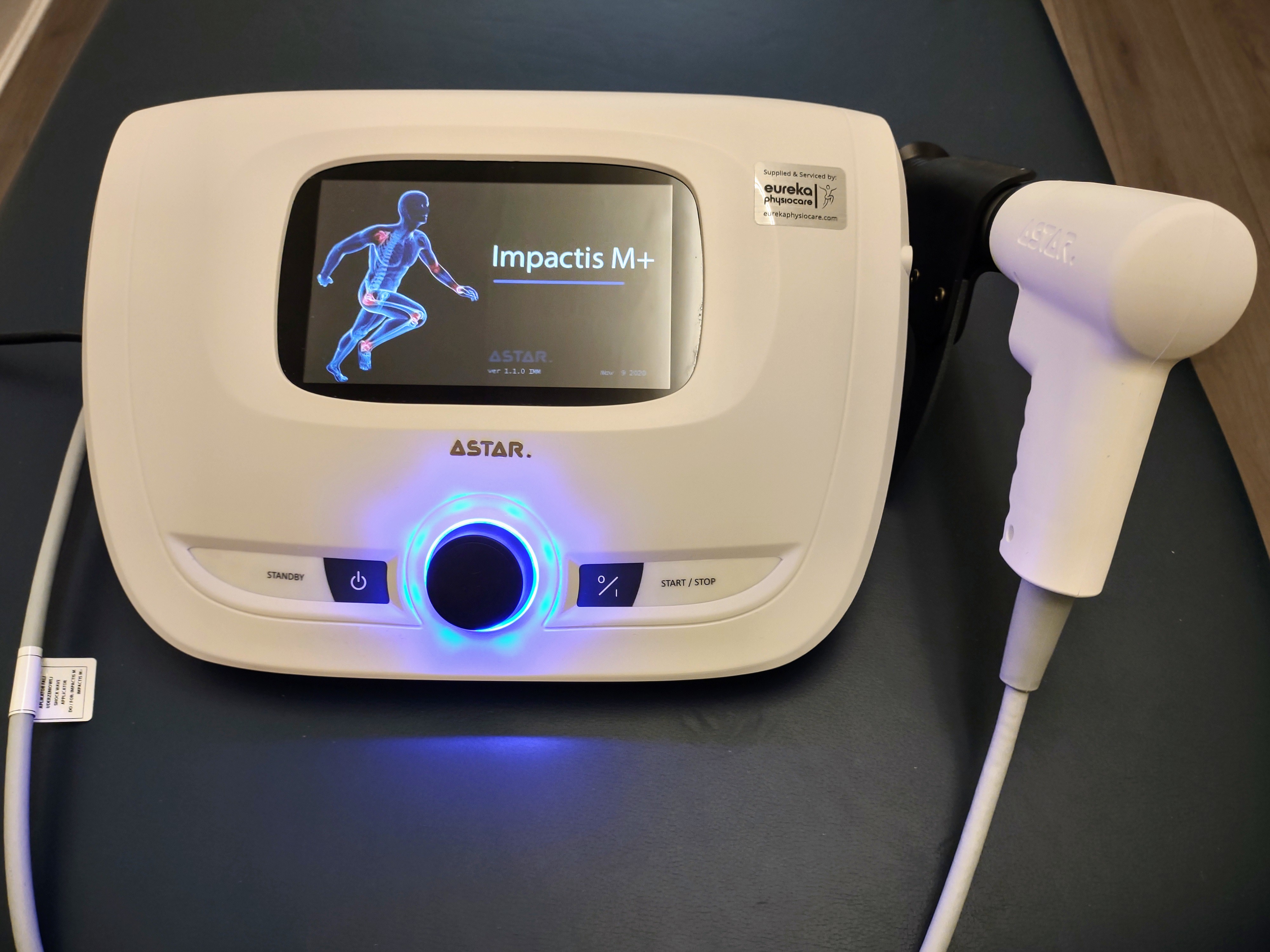Protected Titles and Regulation of Chiropractors, Osteopaths, and Physiotherapists
Using the titles of the professions, chiropractor, osteopath and physiotherapist is protected. This means that no one can use these titles except therapists who are registered with their respective regulatory body and have completed the required university degree. The regularory bodies are: the General Chiropractic Council (GCC) for chiropractors, the General Osteopathic Council (GOC) for osteopaths and the Health and Care Professions Council (HCPC) for physiotherapists (and many other health professions). You should check the online register to confirm that your therapist is registered with the council.
For Chiropractors, this can be found here: https://www.gcc-uk.org/
For osteopaths, this can be found here: https://www.osteopathy.org.uk/register-search/
For physiotherapist, this can be found here: https://www.hcpc-uk.org/check-the-register/
Sports therapist is not a protected title. Anyone can use this title without specific training, although usually they will either be a trained massage therapist or have done a sports therapy course at college or a sports science degree at university. They do not generally have as much knowledge of abnormal movement and pathology. They may have more knowledge of sporting performance optimization rather than how to assess abnormalities in movement and treating patients with manual therapy and exercises.
The Benefit of Seeing a Therapist with Protected Title
The benefit of seeing a therapist with a protected title is that you know they have completed a university degree and that they are requied to meet minimum proficiency and care standards as set out by their regulatory board. This includes continuing professional development (CPD) courses to maintain their skills and ensure that they are meeting standards, including ethical standards. In the rare case of something going wrong during your treatment, you can make a complaint to the respective council and have your problem investigated at no cost to you. If you were seeing an unregulated therapist, you do not have this option, you would need to use a solicitor to make a complaint, which may cost you money. The councils are there to maintain standards and protect the public from negligent or unethical therapists.
You can read about these standards that therapists should maintain here:
For chiropractors https://www.gcc-uk.org/patient-portal/why-see-a-registered-chiropractor
For osteopaths https://www.osteopathy.org.uk/standards/
For physiotherapist and other HCPC registered therapists https://www.hcpc-uk.org/standards/
The Origins of Each Profession
The origin of each profession is different, which helps explain their differences today.
Chiropractors origins are outside of the mainstream medical system and they generally do not work in the NHS today. A combination of bonesetters, magnetic healing, anatomy and biomechanics combined to become chiropractic in the 19th Century. Dealing with pain and joint subluxations with adjustments (manipulation) of the spine was thought to improve energy flow and the innate healing ability of the body, and could cure a large number of illnesses. Phrases like a joint being out of place (subluxed) and putting the joint back in came from bonesetting and magnetic healing. Not all chiropractors agreed with innate healing ability from the magnetic healing school of though and today, many do not agree with this. Research has also suggested that there is not a link between subluxed vertebra, spinal pain and realignment with adjustments, so this is not as commonly used today as an explaination of how chiropractic works. Today, chiropractors are mostly concerned with musculosketetal disorders of the spine, treating with spinal adjustments and holistic thinking.
Osteopathy was started by a physician and surgeon in the 19th Century in America promoting alternatives to the invasive surgeries and drugs that were in use. A more holistic and preventative approach including a heathier diet, not drinking alcohol and using the body’s innate healing ability (similar to magnetic healing). Osteopathy combines mind body and spirit using manual therapy techniques on the spine and peripheral joint and tissues. Osteopaths do not usually work in the NHS.
Physiotherapists . Started in the UK by nurses, massage therapists and medical and remedial gymnasts in the late 19th Century. Physiotherapy was always within the mainstream medical system using exercise and massage/manual therapy to help people with musculoskeletal problems. Rehabilitation of First World War veterans and the polio epidemic of the 1920s helped shape the broad areas of practice of physiotherapists. Treatment of cadiopulmonary, neurological and musculoskeletal issues were needed to rehabilitate people with polio and from war injuries. The founding of the NHS in 1948 after the Second World War, included physiotherapy. Physiotherapists today work in the NHS and privately.
Evidence Based Therapy
Each profession uses a research evidence base to determine what advice, electrotherapy, exercises, and manual therapy tecnhiques work best for improved patient outcomes. The physiotherapy profession has been using and conducting research for longer and more intensively than osteopaths and chiropractors and has a larger evidence base for what it does. This is partly as it is part of main-stream medicine, which is also strongly evidnce based. The more alternative nature of osteopathy and chiropractic mean less emphasis has been placed on conducting research and changing practice from this research. This is changing more recently with osteopaths and chiropractors using research to support or change their practices. There is some schepticism from osteopaths and chiropractors about research as it is regarded as part of main stream medicine, which they are generally outside of. Some techniques that have been shown to be ineffective are still used but this is gradually changing. Evidence of effective practice is still limited in many areas, so there is room for clinical judgement in deciding what treatments to offer a patient. Physiotherapy is increasingly not using manual therapy, even though there is evidence for its effectiveness in certain conditions, especially in conjunction with specific exercises. Some physiotherapy degrees no longer teach manual therapy as part of their degrees, although these are still in a minority. Research can be misused and misinterpreted and lead to the baby being thrown out with the bath water.
Summary
Chiropractors focus is on the spine more than the peripheral joints and soft tissues. There is less emphasis on specific exercises to help recovery. They use spinal manipulation (spinal adjustments) to treat their clients. Spinal adjustments/manipulations are very fast, but small range movements that usually result in a click in your joint and relief of pain. Chiropractors usually suggest follow up appointments, even if you don’t have symptoms, to help keep your spine aligned.
Osteopaths use similar manual techniques to chiropractors and physiotherapists but their joint manipulations are generally less vigorous than chiropractors. Osteopaths also use soft tissue techniques and treat peripheral joints, like physiotherapists, but unlike chiropractors. Osteopaths are less likely to prescribe exercises than a physiotherapist.
Physiotherapists have a wider scope of practice. There are three areas of physiotherapy. Musculosketetal – which most people are familiar with, especially with provate practice physiotherapy. Physiotherapists also work in neurological rehabilitation after stroke, head injury or with neurological diseases. The final area is dealing with cardiopulmonary issues such as after a heart attack or people with chronic lung diseases. Physiotherapists use manual therapy but are less likely to use manipulation than chiropractors or osteopaths. Some physiotherapists no longer use manual therapy but instead focus on specific exercise prescription. Physiotherapists are more likely to use the research evidence base to decide on what treatments are best to use on particular conditions.





